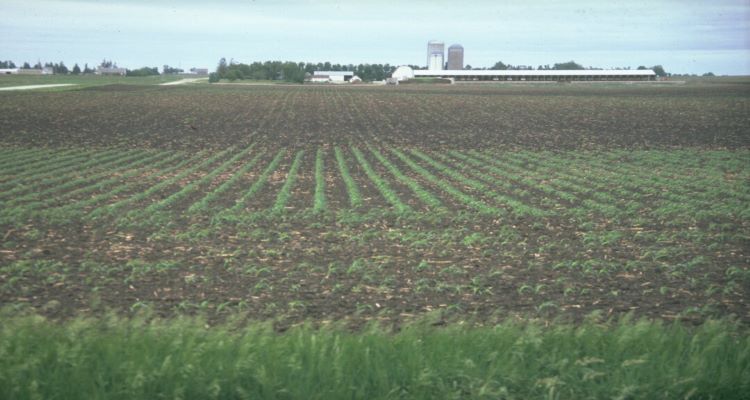November 28, 2022

Many farmers are familiar with prevented planting — failing to plant an insured crop with the proper equipment in a timely manner — as part of their crop insurance coverage. Growers face unique challenges when managing prevented plant acres in the years after a crop isn’t planted.
“When soil is left barren, fungi called vesicular arbuscular mycorrhizae (VAM) decrease in number,” said Paul Yoder, Pioneer Field Agronomist. “This VAM helps crops take in phosphorus, zinc and copper, which corn needs throughout its life.”
Fallow corn is a concern for farmers when no crop was grown the previous season. Fallow syndrome is associated with a reduction in VAM in the soil and often results in reduced early-season growth and lower yields.
“Based on Pioneer research, planting soybeans the year after a field is left barren may be the best course of action,” Yoder said. “Corn may be able to be planted into a clean field, but it risks fallow syndrome.”
Residual pre-plant or pre-emergence herbicides should be included in weed management plans for seasons following prevent plant acres.
Timely in-season applications of herbicides with effective modes of action and layered residual activity will help prevent yield loss from late-season weed competition in those fields.
Source: Corteva Agriscience/Pioneer
About the Author(s)
You May Also Like






